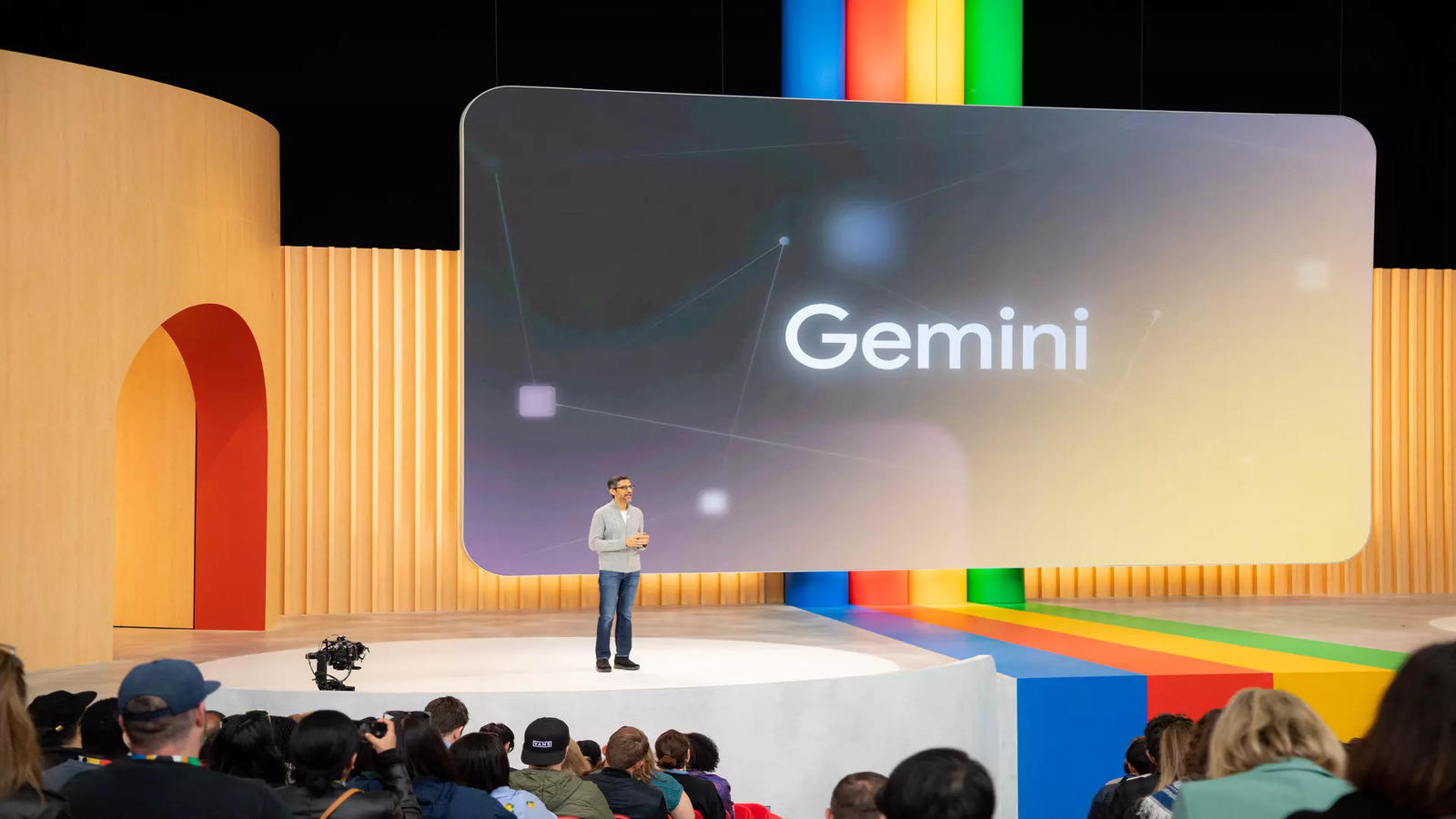
OpenAI Rolls Out Advanced Voice Mode: A New Era in AI Communication

With the recent release of openAI advanced voice mode to users, OpenAI has set off on a revolutionary adventure. This new functionality marks a major advancement in our ability to communicate with AI. Since its launch, people have been able to have more conversational and natural interactions with AI, which has improved accessibility and productivity. This article examines this development’s main characteristics, ramifications, and possible effects on several industries.
The development of sophisticated voice interactions expands upon OpenAI’s earlier successes with natural language processing. The company’s voice integration improves the adaptability of its AI models, making it possible for them to produce and comprehend spoken language more accurately.
Key features of the Advanced Voice Option
Natural Speech Synthesis
Natural speech synthesis is one of OpenAI’s advanced voice mode’s most notable characteristics. This option gives AI-generated speech a more human-like quality than prior incarnations. Conversations using artificial intelligence feel more genuine since the speech output is intended to be expressive, understandable, and suitable for the context.
Using natural-sounding speech instead than robotic or monotonous voices is essential to producing compelling user experiences. To ensure that the AI’s voice can adjust to various tones and emotions and provide a more dynamic engagement, OpenAI has made use of state-of-the-art technologies.
Better Speech Recognition
An additional noteworthy progression is the improved speech recognition capacity. Now, the AI is more capable of comprehending a wider range of accents, speech patterns, and background noise. This enhancement guarantees that the AI can appropriately understand and react to input from users with different linguistic and cultural backgrounds, which is very beneficial for them.
Compared to earlier voice recognition systems, which frequently had issues with accuracy and inclusivity, this capability represents a significant improvement. OpenAI shows its commitment to developing more accessible and user-friendly technologies by tackling these problems.
Context-Conscious Response
Context-aware replies are also introduced in advanced voice mode. This indicates that the AI can comprehend both the specific commands and the larger conversational context. This feature makes conversations with the AI feel more like a normal conversation by enabling more thoughtful and related responses.
Context-awareness improves the AI’s capacity to offer insightful and beneficial responses. Users can anticipate more precise and appropriately contextual responses as a result, increasing the interaction’s overall effectiveness.
Also Read: OpenAI launches SearchGPT: Using Advanced Understanding, Contextualization to Revolutionize Search
Also Read: OpenAI releases ChatGPT-4o: Whats new in this updated model, all you need to know
Implication for Various Sectors
Improving Customer Service
The implementation of advanced speech mode holds noteworthy consequences for customer support. AI solutions that allow for more human-like client interactions are already available for use by businesses. This skill may result in lower operating expenses, more customer satisfaction, and quicker query resolution.
Making the switch to voice interactions driven by AI enables businesses to provide round-the-clock customer service without compromising quality. Artificial intelligence (AI) is a useful tool for organizations because it can handle complex user interactions more successfully with natural speech synthesis and context-aware responses.
Revolutionizing Education
Advanced voice mode has the potential to change how students engage with educational resources in the field of education. With this feature, AI tutors may provide individualized help, respond to inquiries in a conversational way, and modify their pedagogy to meet the needs of each student.
This invention could improve accessibility and engagement in learning. Improved voice mode can help improve accessibility and educational outcomes by giving students a more engaging and adaptable learning environment.
Improving Availability
Another area where improved voice mode can have a big influence is accessibility. Voice interactions provide a more inclusive means of interacting with technology for those with disabilities. Voice commands and spoken responses are only two ways that this technology might improve usability and accessibility.
OpenAI’s dedication to enhancing accessibility via advanced voice mode is consistent with wider endeavors to develop more comprehensive technologies. This feature helps close gaps and offers more equitable access to information and services by attending to the needs of varied users.
Challenges
Privacy and Security
Like any new technology, enhanced voice mode poses significant security and privacy concerns. Sensitive data is collected and processed during voice conversations, hence strong security measures are required to safeguard user information.
OpenAI needs to make sure that user data is protected and that its sophisticated speech mode complies with strict privacy regulations. To keep people’s trust and make sure technology is utilized properly, transparent policies and safe data management procedures are crucial.
Training and Adaptation
Users and organizations may need to adjust and receive training in order to fully benefit from advanced voice mode. This entails introducing people to the new features and making sure they know how to utilize them properly.
Users will require sufficient assistance and resources from OpenAI to help them adjust to this new form of communication. To fully reap the benefits of modern voice technology, effective training and supervision will be essential.
Looking Ahead
An important development in AI communication has been made with the release of OpenAI’s sophisticated voice mode. OpenAI is revolutionizing voice interactions with its natural speech synthesis, enhanced speech recognition, and context-aware replies.
We may anticipate more developments and improvements as this technology progresses, which will completely change the way we communicate with artificial intelligence. OpenAI’s aim for a more intuitive and connected future is demonstrated by its dedication to the advancement of voice technology.
To sum up, the release of advanced speech mode marks a critical turning point in the advancement of AI. OpenAI is laying the groundwork for a new era of communication by improvings interactions in ways that are faster, inclusive, and natural. Its potential to revolutionize a number of industries is becoming more and more apparent as consumers and companies start experimenting with and implementing this technology.





